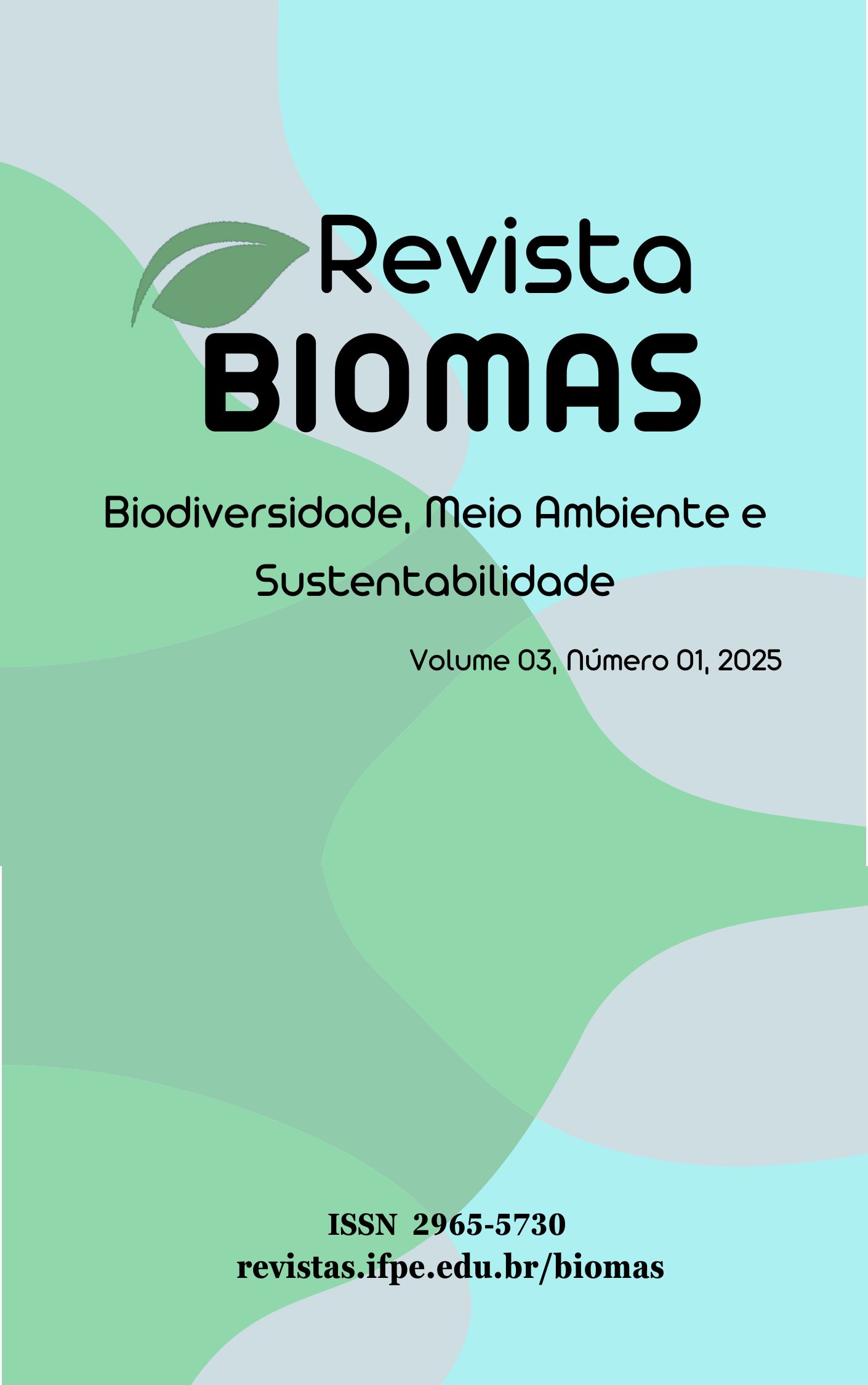Comparação de Modelos Espaciais na Análise do Consumo Hídrico no Brasil: OLS, Spatial Lag e Spatial Error
DOI:
https://doi.org/10.5281/zenodo.16593645Keywords:
Regressão espacial, Consumo de água., Renda, GeoDa, Comparação de modelosAbstract
This article aims to compare the performance of three statistical approaches: Ordinary Least Squares (OLS), Spatial Lag Model (SLM), and Spatial Error Model (SEM), applied to the analysis of the relationship between per capita water consumption and per capita income in Brazil. Using georeferenced data and a queen contiguity spatial weights matrix, the models were estimated using the GeoDa software. The results reveal significant spatial autocorrelation in the residuals of the OLS model, which compromises its validity. Spatial models substantially improved the fit, with the Spatial Error Model (SEM) proving to be the most suitable for the data analyzed. This research highlights the importance of incorporating spatial dependence in territorial analyses, contributing to greater methodological robustness in socio-environmental studies.
References
CARVALHO, M. S.; SOUZA-SANTOS, R. Análise de dados espaciais em saúde pública:
métodos, problemas, perspectivas. Cad. Saúde Pública, Rio de Janeiro, v. 21, n. 2, p. 361-378, mar-abr, 2005. https://doi.org/10.1590/S0102-311X2005000200003
DORMANN, C. F.; MCPHERSON, J. M.; ARAÚJO, M. B.; BIVAND, R.; BOLLIGER, J.; CARL, G.; DAVIES, R. G.; HIRZEL, A., JETZ, W., KISSLING, W. D.; KÜHN, I.; OHLEMÜLLER, R.; PERES-NETO, P. R.; REINEKING, B.; SCHRÖDER, B.; SCHURR, F. M.; WILSON, R. Methods to account for spatial autocorrelation in the analysis of species distributional data: a review. Ecography, v. 30, p. 609-628, 2007. https://doi.org/10.1111/j.2007.0906-7590.05171.x
LESAGE, J.; PACE, R. K. Introduction to Spatial Econometrics. (1ed.). Chapman and Hall/CRC. 2009.
LOPES, T. M. X.M.; SILVA, S. M. O.; SAMPAIO, L. S.; SOARES, R. B. Água e desigualdades socioeconômicas: análise espacial do consumo de água no Brasil. Revista da Água Urbana, v. 21, n. 9, p. 1056–1070, 2024. https://doi.org/10.1080/1573062X.2024.2397791
MILLER, J. A. (2012). Species distribution models: Spatial autocorrelation and non-stationarity. Progress in Physical Geography: Earth and Environment, v. 36, n. 5, p. 681-692, 2012. https://doi.org/10.1177/0309133312442522
PACIOREK, C. J. The Importance of Scale for Spatial-Confounding Bias and Precision of Spatial Regression Estimators. Statical Science, v. 25, n. 1, p. 107-125, 2010. https://doi.org/10.1214/10-STS326
RÜTTENAUER, T. Spatial Data Analysis. Econometric, p. 1-28, 2024. https://doi.org/10.48550/arXiv.2402.09895
ZHANG, Z.; LI, Z.; SONG, Y.. On ignoring the heterogeneity in spatial autocorrelation: consequences and solutions. International Journal of Geographical Information Science, v. 38, n. 12, p. 2545–2571, 2024.. https://doi.org/10.1080/13658816.2024.2391981
Downloads
Published
How to Cite
Issue
Section
License
Copyright (c) 2025 Revista BIOMAS - Biodiversidade, Meio Ambiente e Sustentabilidade ISSN 2965-5730

This work is licensed under a Creative Commons Attribution 4.0 International License.
Os artigos publicados pela revista são de uso gratuito, destinados a aplicações educacionais e não comerciais. Os direitos autorais são todos cedidos à revista. Os artigos cujos autores são identificados representam a expressão do ponto de vista de seus autores e não a posição oficial da Revista BIOMAS - Biodiversidade, Meio Ambiente e Sustentabilidade.
CC Attribution 4.0 International







